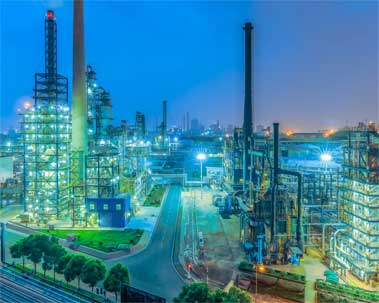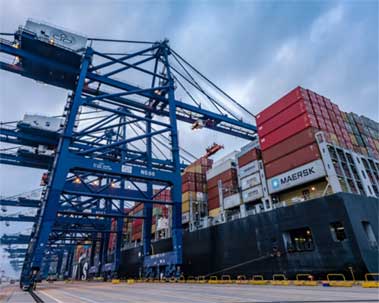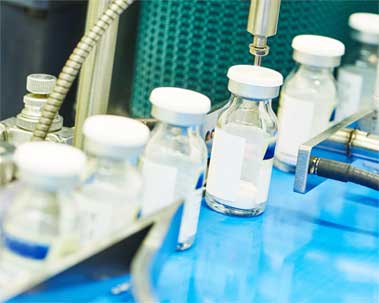CLOSE
Search
Seal is to prevent the leakage of fluid or solid particles from the adjacent joint surface and to prevent the external impurities such as dust or moisture invade the internal parts of the machine equipment. The seal can be divided into two categories, static seal and dynamic seal. Static seal is to seal sealed cabin and sealed container closely and is used in sealed letters and will’s seal. Static seal is mainly composed of gasket seal, sealant seal and direct contact seal. According to working pressure, static seal can be divided into low-medium pressure static seal and high pressure static seal.
Low-medium pressure static seal usually seals with wider and soft cushion. High pressure static seal usually use hard metal gasket with narrow contact width. The dynamic seal can be divided into two basic types, rotary seal and reciprocating seal. Others can be divided into contact seal and non-contact seal by judging whether the other parts are in contact with its own parts. It can also be divided into circular seal and end face seal by sealing element and contact position. End face seal is also known as mechanical seal. The centrifugal seal and screw seal in the dynamic seals are sealed from the operation of the machine, so it is sometimes called the power seal.
It is classified moulding and machine shaping by device types. Most of the rubber seal are sealed in this way, such as squeezing seal, rotary shaft lip type seal, reciprocating lip seal, composite seal, diaphragm seal, corrugated tube seal, etc. Machine shaping, such as rectangular seal, piston ring seal, coaxial seal (or slip ring combination seal) are very common. Such as rubber, adhesive fiber reinforced rubber, adhesive asbestos fiber, aromatic polyamide fibre, etc, plate or strip type material are mainly used for sealing gasket or filler. Rubber is used as adhesive to asbestos and its substitute. Aromatic polyamide fiber and processed rubber ring are sometimes used in reciprocating seal of aerospace equipment .
Related News
 English
English français
français Deutsch
Deutsch Español
Español italiano
italiano русский
русский português
português العربية
العربية ไทย
ไทย čeština
čeština Polska
Polska


